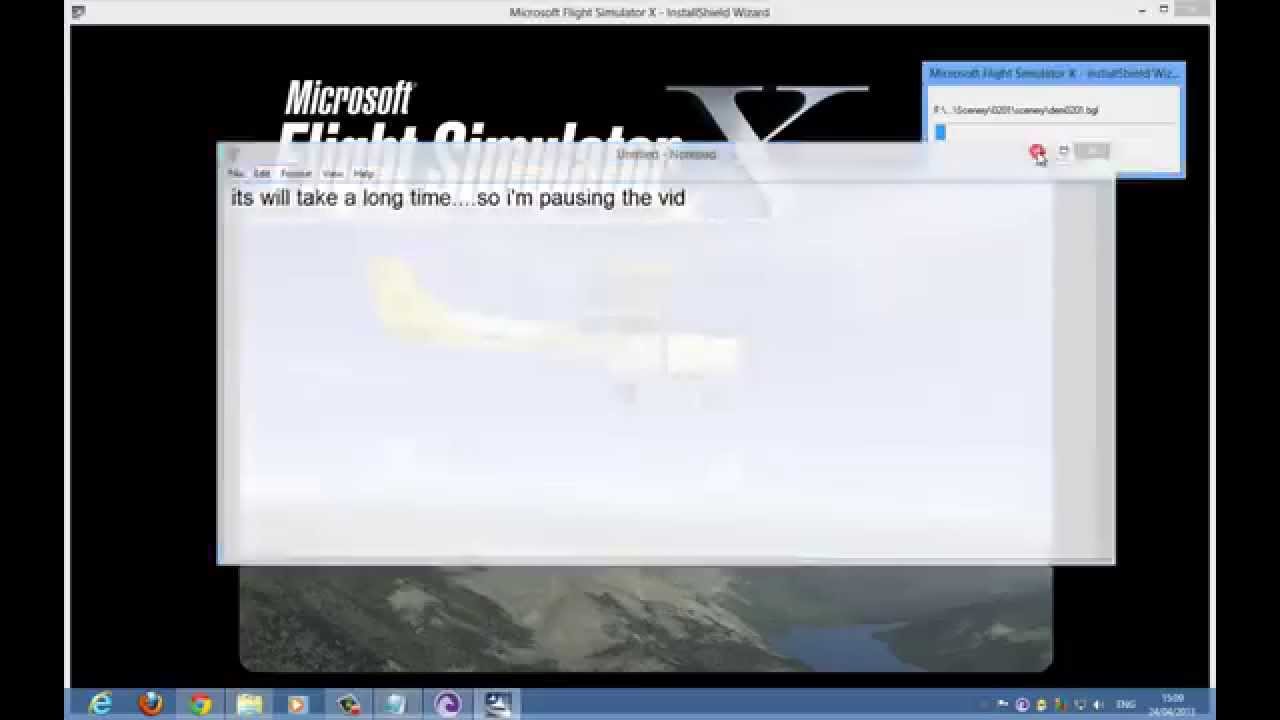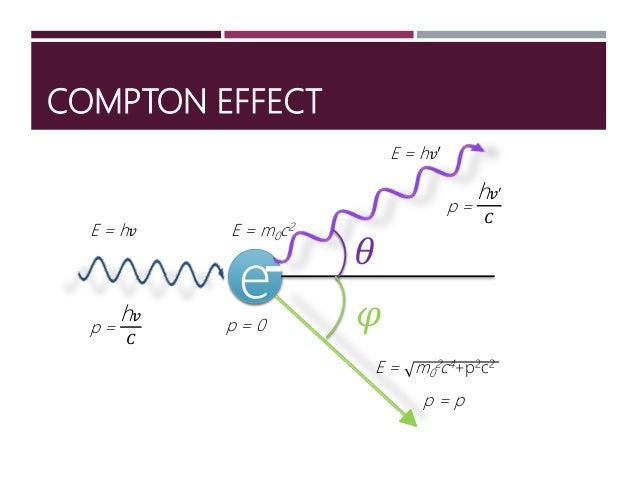

The combination of factors h/m ec = 2.43 x 10 -12 m, where m e is the mass of the electron, is known as the Compton wavelength. After the collision the photon has energy hf / and the electron has acquired a kinetic energy K.Ĭombining this with the momentum conservation equations, it can be shown that the wavelength of the outgoing photon is related to the wavelength of the incident photon by the equation: Some of the energy and momentum is transferred to the electron (this is known as the Compton effect), but both energy and momentum are conserved in this elastic collision. This phenomenon becomes prominent with the high-energy gamma produced by example with particle accelerators.Convincing evidence that light is made up of particles (photons), and that photons have momentum, can be seen when a photon with energy hf collides with a stationary electron. When the gamma energy exceeds 1 MeV, which is rarely the case for the gamma rays emitted by nuclei, Compton scattering begins to be challenged by a new phenomenon: the transformation of a gamma into an electron and its antiparticle, a positron. Gamma of hundreds of keV can undergo multiple Compton scattering before being absorbed by photoelectric effect. On average it scatters with an angle of 30 to 45 degrees. It can even go backward ( backscattering). The scattered photon emerges usually in a different direction than the incident photon one. The laws of physics governing the Compton effect are such as the scattered photon carries most of the initial energy: 96% on average at 50 keV, 83% at 500 keV. Despite its extremely light mass, the electron is indeed a heavy target for a photon that is massless. It depends on the angle between the scattered photon and the initial gamma (the gamma probability distribution at a given angle is given by a formula called the "Klein-Nishima formula"). The scattered gamma propagates through the material without depositing energy until it interacts again. The electron then loses its energy by ionization as a beta electron. The photon that emerges with the electron, called "scattered" photon shares the initial energy with the electron set in motion. IN2P3The gamma is not destroyed in the collision. On average, the photon transfers only a small portion of its energy to the electron and undergoes a significant shift in direction (the values in the figure have been calculated for an energy of 500 keV). The most rare case is the one where the gamma bounces backward propelling the electron forward. The most likely case is the one in which the photon is not scattered and do not lose power.


The energy sharing between the gamma photon and the electron that has served as a target depends on the gamma scattering angle. Lead has thus also an advantage over lighter materials, even if less important than for the photoelectric effect, which came at the fourth power of the high electrical charge of its nucleus. For an absorber, it is the density of electrons that is crucial in the range where Compton effect dominates. In this gamma energy range, which is rather extended, the phenomenon concerns all the electrons of the atom, whereas in the photoelectric effect these are the two electrons from the innermost K shell, which play a role. For copper it is above 130 keV, and for lead 600 keV. For a light atom such as carbon, the Compton effect prevails on the photoelectric effect above 20 keV. These elastic collisions become predominant when the photon energy becomes large compared to the energy that holds the electron in an atom, its binding energy. In the collision, the electron is put in motion at a certain angle, while the gamma scattered with another angle loses its energy.Ĭompton collisions can be viewed as elastic collisions between a photon and an electron. As the vast majority of electrons posses a smaller energy than the one of gamma, physicists are accustomed to neglect it and to consider the electron as a target at rest. Gamma was represented as a punctual particle because of its very short wavelength at the atomic scale. A gamma photon plays the role of a projectile that collides with an electron in an atom that serves as a target. The Compton effect occurs for most of the atomic electrons. Collision between a photon and an atomic electron


 0 kommentar(er)
0 kommentar(er)
